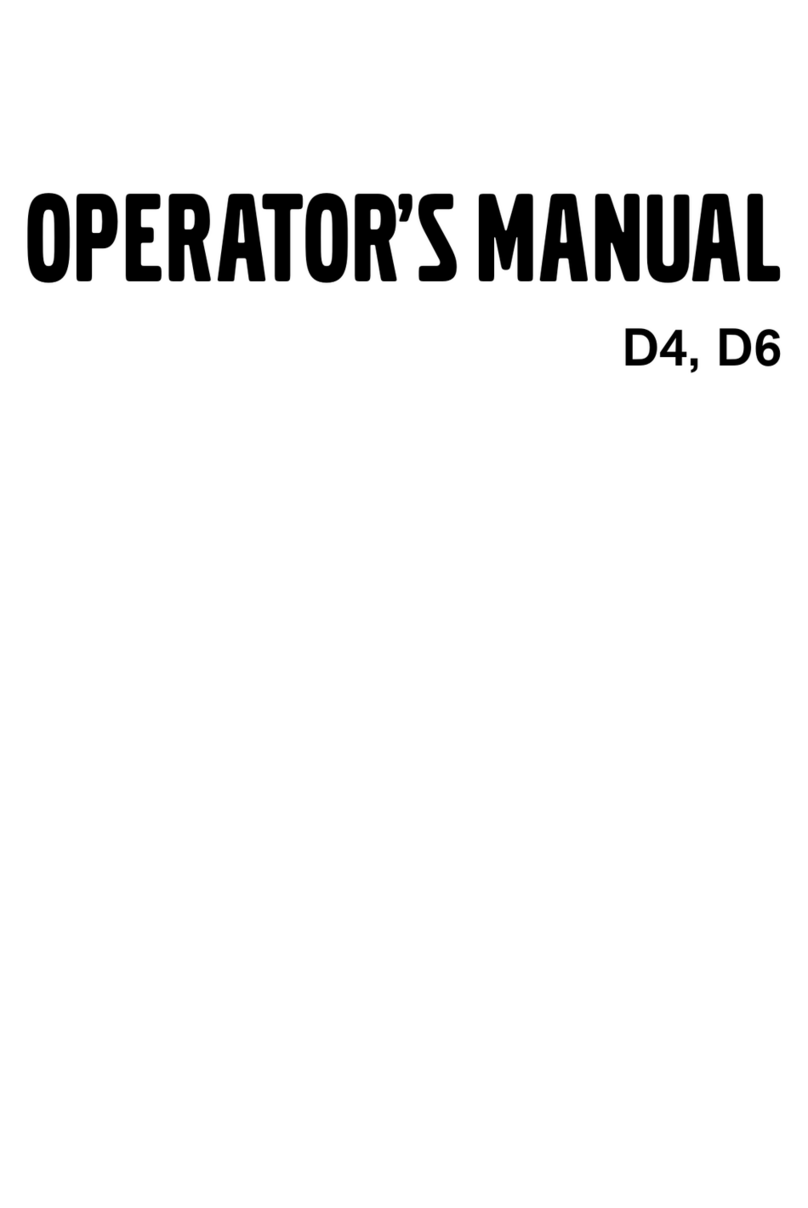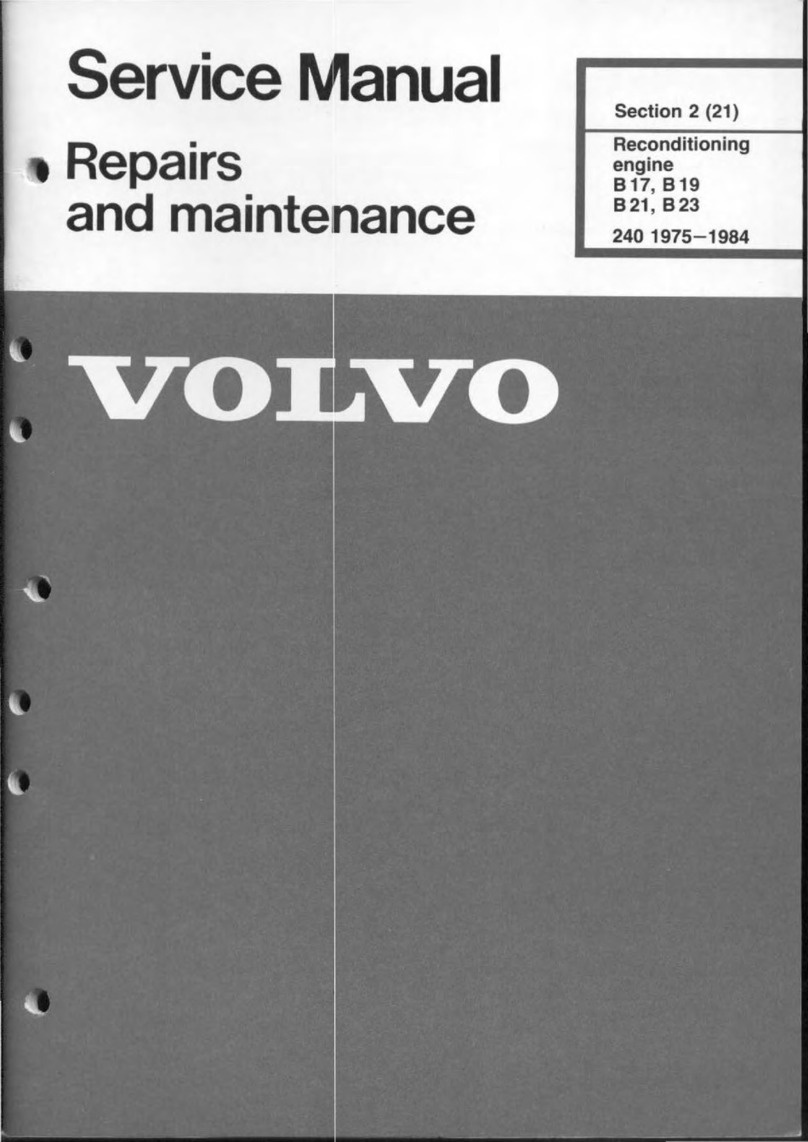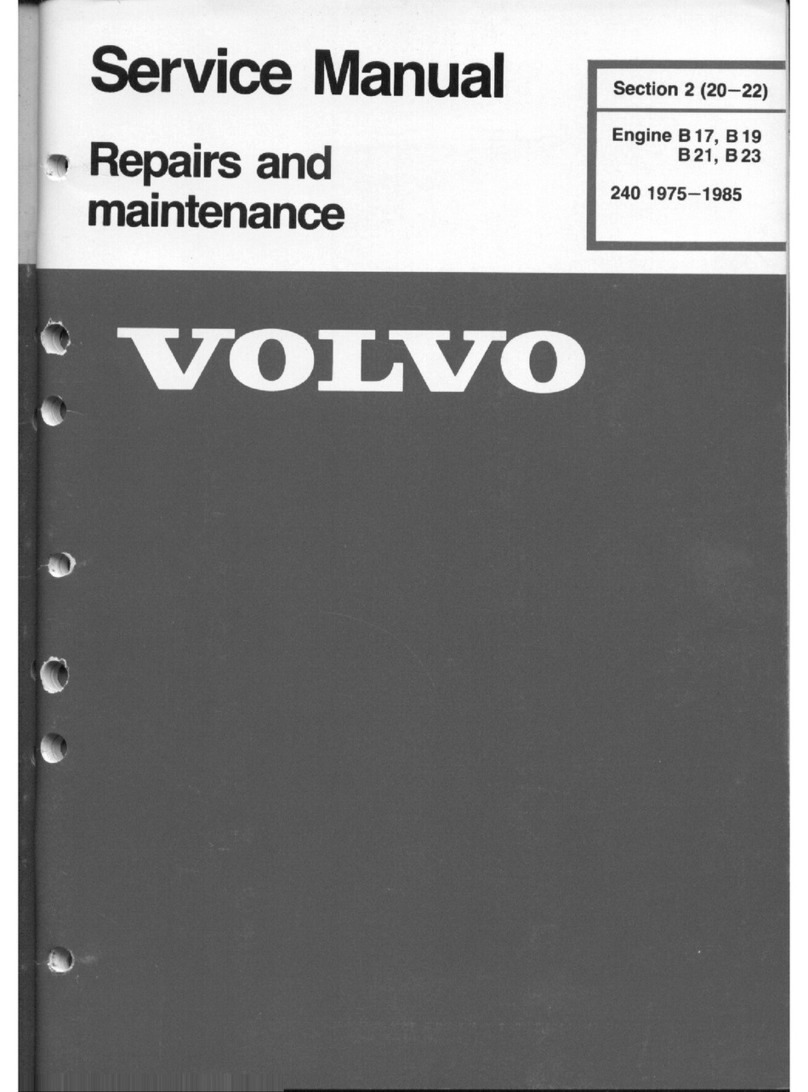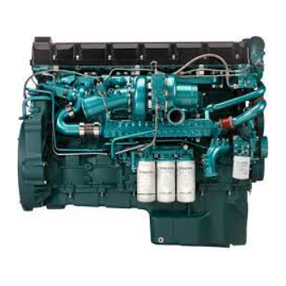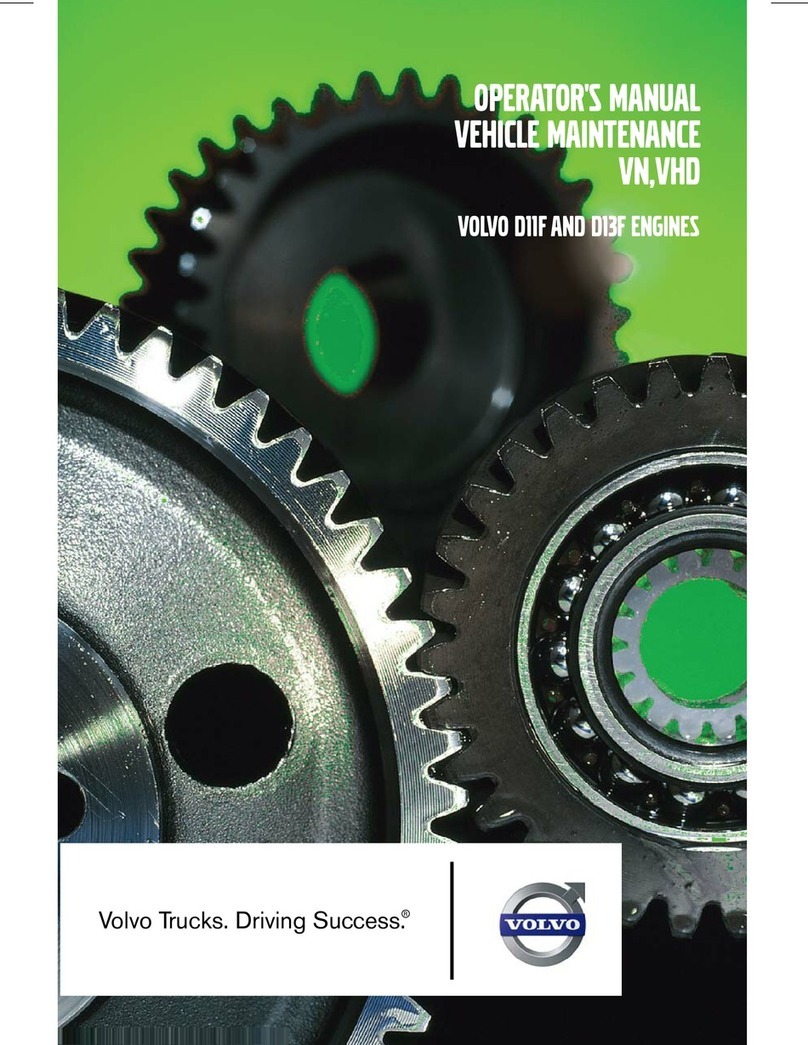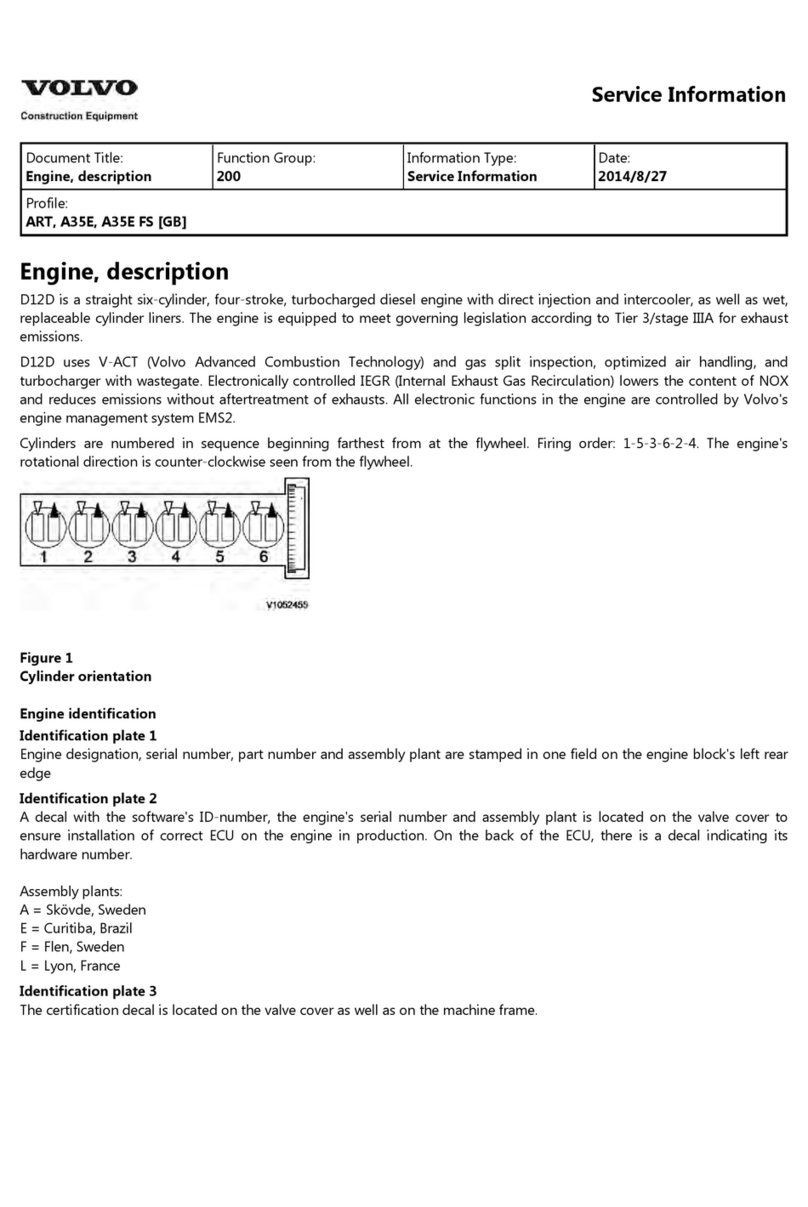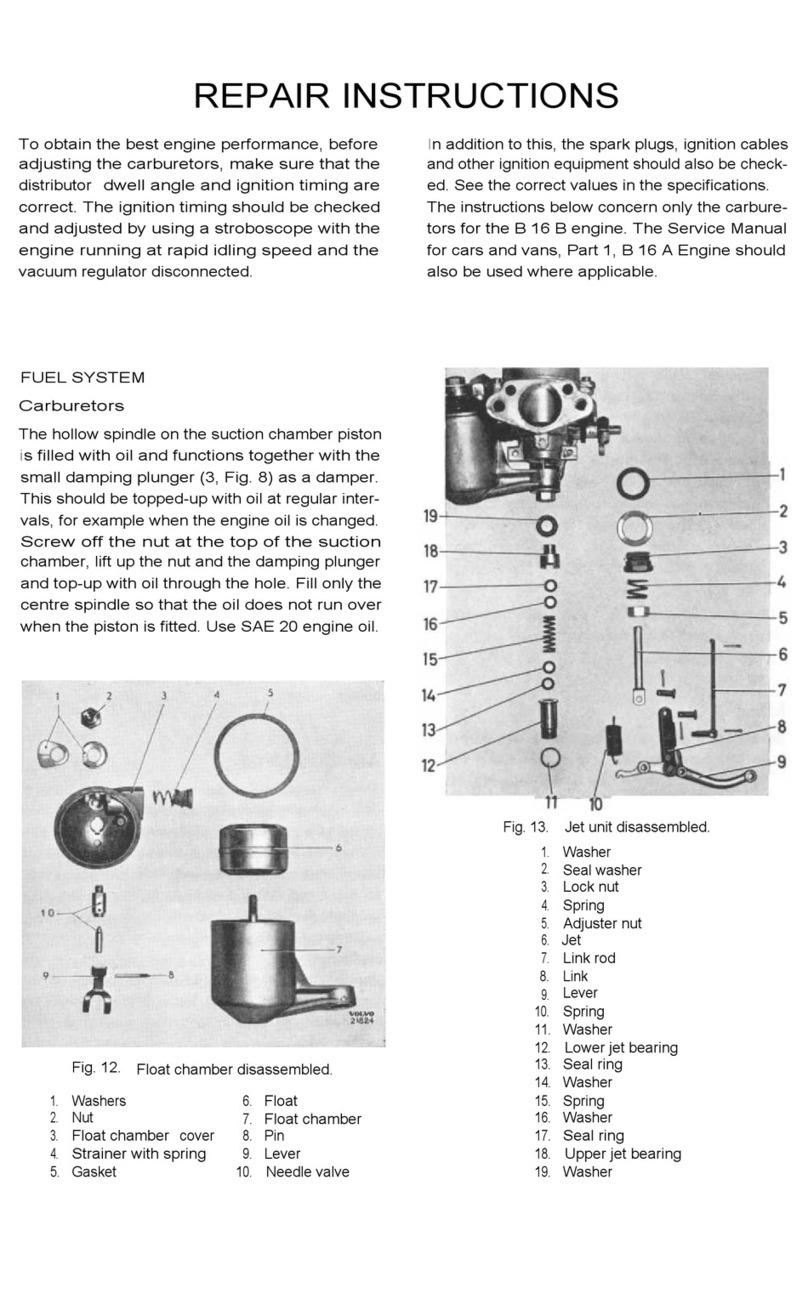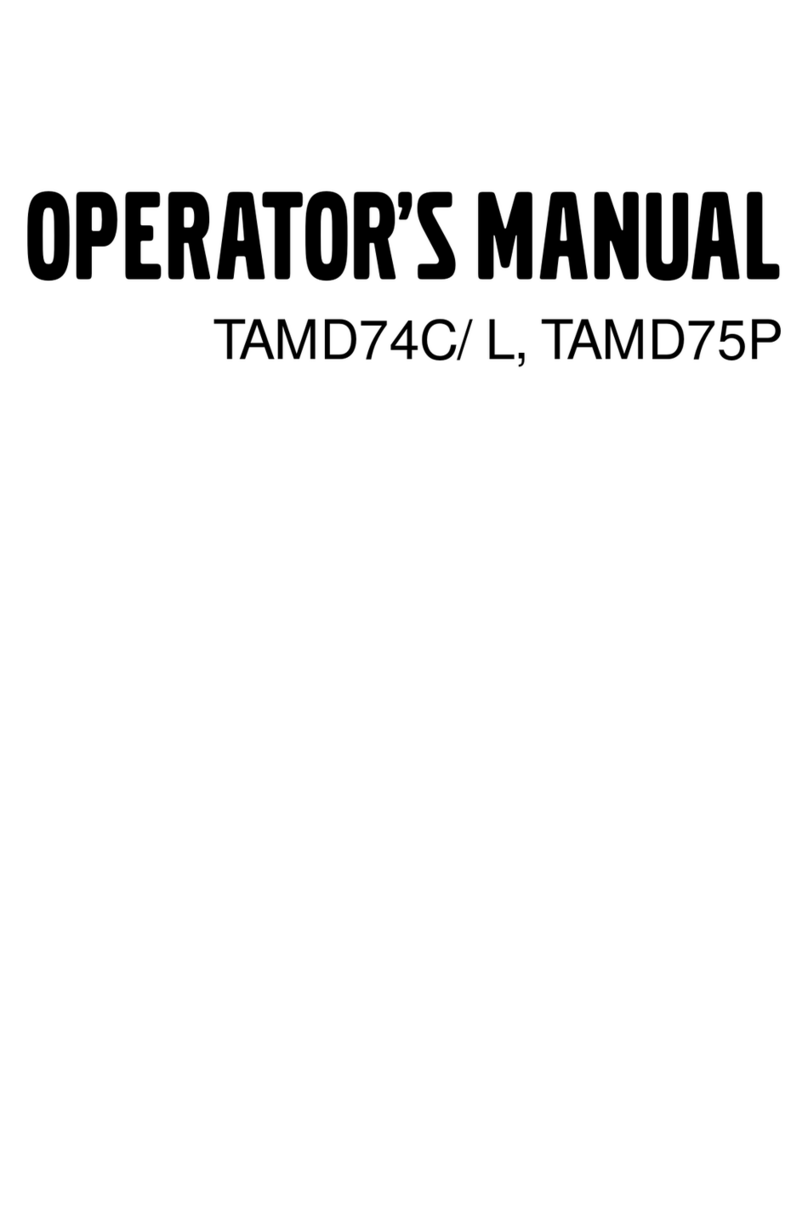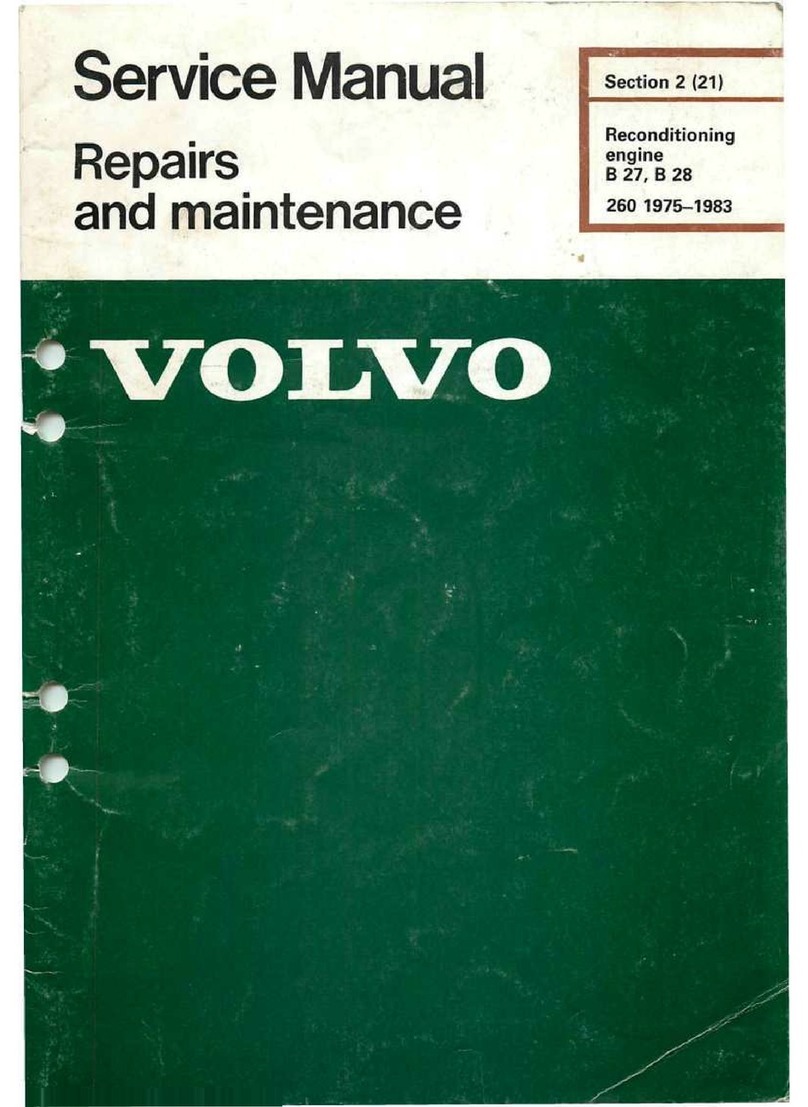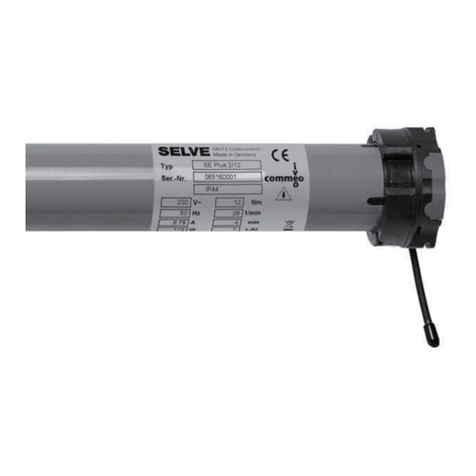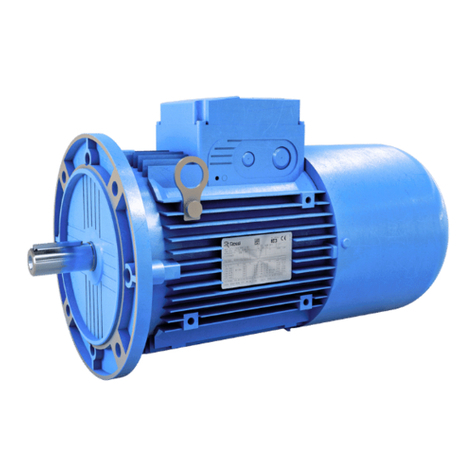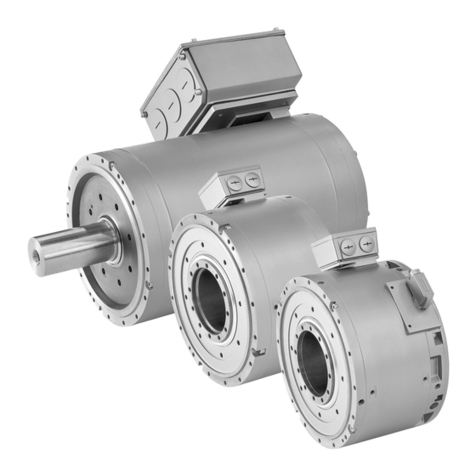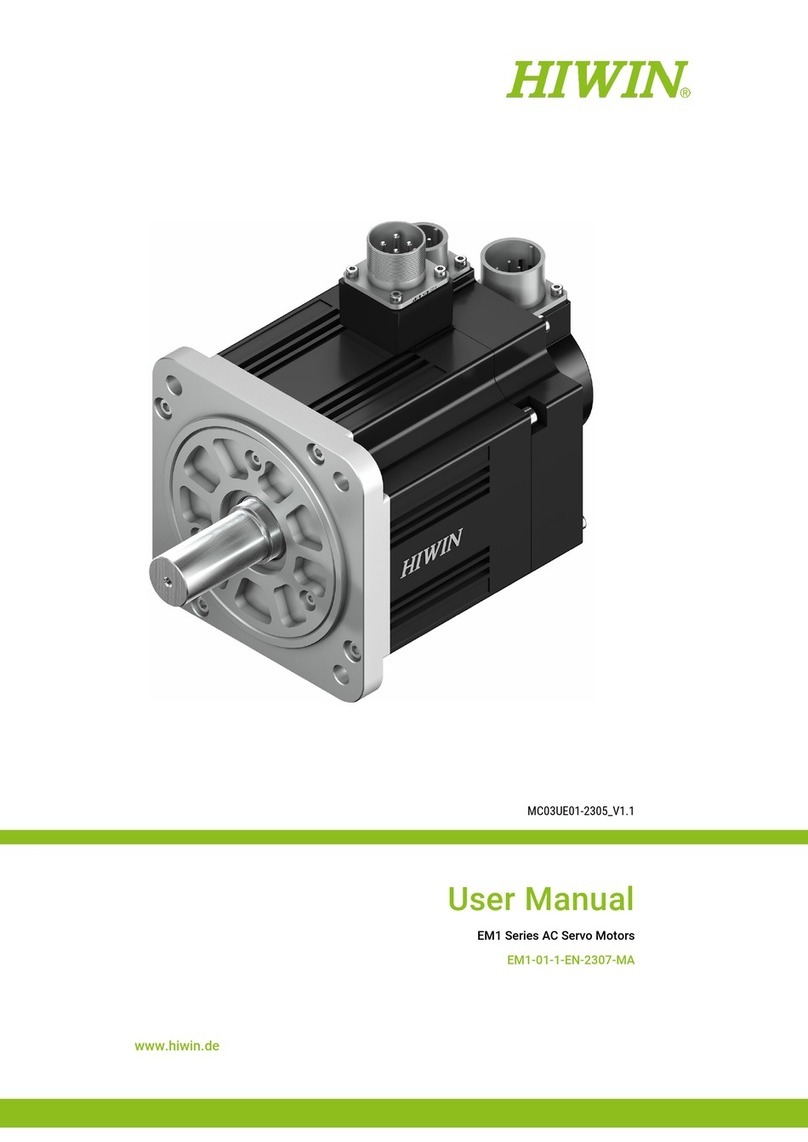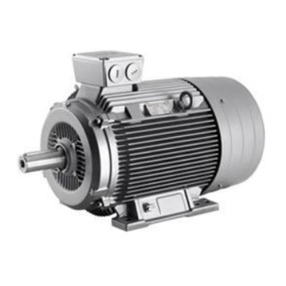
Group 30: Electrical system Safety information
3
Safety rules
Introduction
This workshop manual contains technical data, de-
scriptions and repair instructions for the Volvo Penta
products or product versions noted in the table of con-
tents. Check that you have the correct Workshop
Manual for your engine.
Read the available safety information, ”General infor-
mation” and ”Repair instructions” in this workshop
manual before you start to do any service work.
Never do any work on an engine which just
hangs from a lifting device (crane etc.).
The engine must not be run in areas where ex-
plosive material or any gases are stored.
Only start the engine in a well-ventilated area. If
the engine is run in a confined space, make
sure that the crankcase ventilation and exhaust
gases can be led away from the workplace.
The battery lockers must never be exposed to
open flames or sparks. Never smoke close to
the batteries. The batteries generate hydrogen
gas when charged, which can form an explosive
gas when mixed with air. This gas mixture is
very flammable and highly explosive. A spark,
which can be caused by incorrect battery con-
nection, can cause a single spark which is suffi-
cient to cause an explosion with resulting dam-
age. Do not shift the connections when attempt-
ing to start the engine (spark risk) and do not
lean over any of the batteries. Please refer to
the advice in the instruction book.
Always ensure that the + (positive pole) and –
(negative pole) are securely connected to their
appropriate terminals on the battery. If the bat-
teries are wrongly connected, this can cause
severe damage to the electrical equipment.
Please refer to the wiring diagram.
Always use goggles when charging and han-
dling batteries. Battery electrolyte contains sul-
furic acid, which is highly corrosive. If battery
acid comes into contact with your skin, wash it
off at once with a lot of soap and water, and
then get medical help. If battery acid comes
into contact with your eyes, flush your eyes at
once (preferably with an eye shower) with a lot
of clean water, and then get medical help at
once.
Important!
The following special warning symbols occur in this
book and on the engine.
WARNING! Warns for the risk of personal injury,
property damage or that a mechanical fault can
occur if the instructions are not followed.
IMPORTANT! Is used to call attention to things
which could cause damage or malfunctions to
product or property.
NOTE! Is used to call attention to important informa-
tion, to facilitate work processes or operation.
Below is a summary of the risks involved and safety
precautions you should always observe or carry out
when performing work on the EMS 2 system.
Before electric welding is done, the connector
on the EMS system must be disconnected.
Disconnect the engine from system voltage by
turning off the main switch.
Disconnect the cable connectors from the con-
trol unit.
Reconnect the EMS 2 control module terminal
when the electric welding is finished and the elec-
tric welding equipment has been disconnected.
Be careful, watch out for the moving compo-
nents of the engine during function testing and
in operation. Approaching the engine during op-
eration entails a risk of personal injury. Remem-
ber that loose clothes or long hair can catch on
rotating components and cause severe injury.
